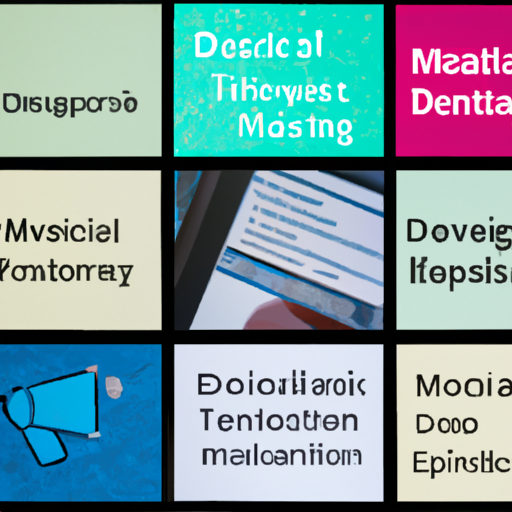Introduction
Data collection methods play a crucial role in gathering valuable information for various purposes. Whether it’s for research, analysis, or decision-making, understanding different data collection methods is essential. In this comprehensive guide, we will explore the various techniques used to collect data and their significance in today’s digital age.
1. Surveys and Questionnaires
Surveys and questionnaires are popular data collection methods that involve gathering information from a targeted group of individuals. These methods often utilize structured questions to obtain specific responses. Surveys can be conducted through online platforms, phone interviews, or in-person interactions. They provide a quick and efficient way to collect a large amount of data from a diverse audience.
2. Interviews
Interviews are a more personal approach to data collection. They involve direct interaction between the interviewer and the interviewee, allowing for in-depth exploration of specific topics. Interviews can be conducted face-to-face, over the phone, or through video conferencing. This method provides rich qualitative data and allows for follow-up questions to gain deeper insights.
3. Observations
Observational data collection involves observing and recording behaviors, actions, or events in their natural setting. This method is commonly used in fields such as anthropology, psychology, and ethnography. Observations can be structured or unstructured, depending on the research objectives. They provide real-time data and can capture nuances that may not be apparent through other methods.
4. Experiments
Experiments are controlled procedures used to investigate cause-and-effect relationships. Researchers manipulate variables to observe their impact on the outcome of interest. This method is commonly used in scientific research and allows for precise data collection. Experiments can be conducted in a laboratory setting or in the field, depending on the research question.
5. Secondary Data Analysis
Secondary data analysis involves using existing data collected by others for a different purpose. This method is cost-effective and time-efficient, as it eliminates the need for primary data collection. Researchers analyze data from sources such as government reports, academic studies, or publicly available datasets. However, it is crucial to ensure the reliability and validity of the secondary data before drawing conclusions.
6. Digital Data Collection
With the advent of technology, digital data collection methods have gained prominence. This includes collecting data from online sources, social media platforms, websites, and mobile applications. Digital data collection allows for real-time data collection and analysis, providing insights into user behavior, preferences, and trends. However, ethical considerations and data privacy should be carefully addressed when using digital data collection methods.
Conclusion
Data collection methods are diverse and serve different purposes depending on the research objectives. Surveys, interviews, observations, experiments, secondary data analysis, and digital data collection are just a few examples of the techniques available. Choosing the appropriate method requires careful consideration of the research question, available resources, and ethical considerations. By understanding and utilizing these methods effectively, researchers can gather valuable data to inform decision-making and drive meaningful insights.




